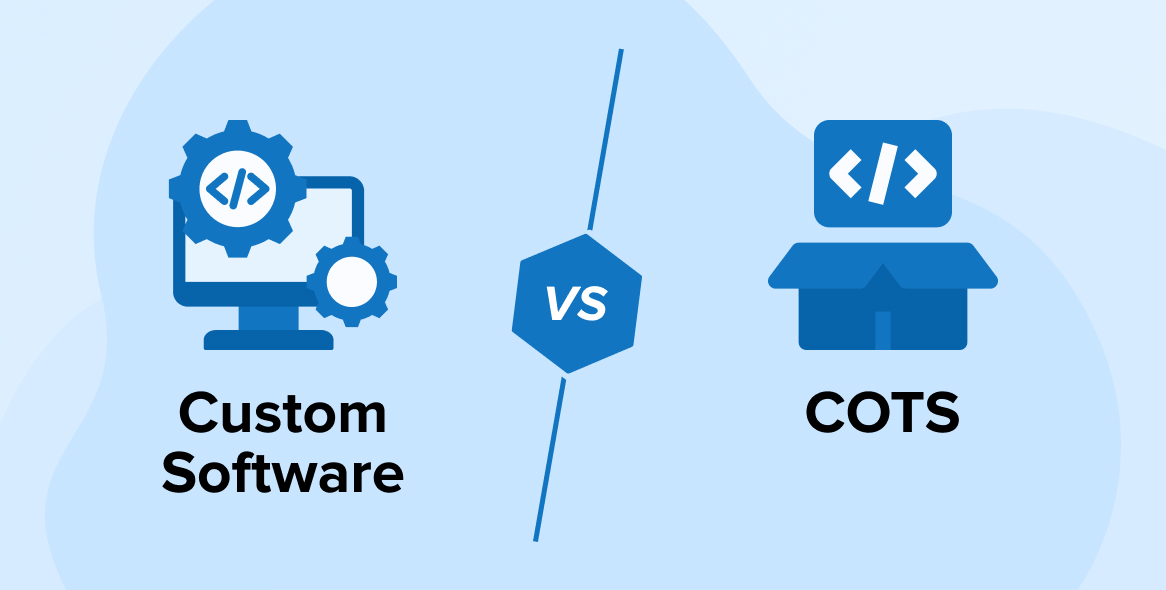
In today’s time, custom software development companies use the latest technologies to stay ahead of their competition and have organized development processes that can ultimately help them in offering top-notch solutions to their clients. One such technology is Agile. Agile is a method that enables the developers to break the project into smaller parts and get the client’s feedback at every stage of the development process. Besides this, there are many different benefits of Agile methodologies that enable software engineers in creating solutions with the best quality. To know more about the benefits of Agile methodologies, let’s go through this blog.
1. Benefits of Agile Development Methodology
1.1 Standardized Superior Quality Product
Agile methodology has been delivering outstanding results which include high-quality software and applications developed at reduced cost. The agile software development team does not strive to develop all product features at once when utilizing Agile methods as compared to the traditional project management approach. Instead, it first divides the project into manageable chunks and executes them one by one with all the development phases.
So when you use Agile methodology, it allows you to undertake testing after each iteration and solicit feedback from the product owner. This feedback will then be implemented in the development need. This strategy assists the agile team in identifying expectation mismatches early in the development process, as well as finding and fixing errors promptly. Working on these incremental releases will ensure that each iteration yields a thoroughly tested and functional product. As a result of Agile project management methodology, the product’s quality improves.
1.2 Improve Customer Satisfaction
Customer satisfaction is the first Agile principle. The top agenda is to satisfy the customers through early and continuous delivery of valuable software solutions. The project is not regarded as successful if the customer is dissatisfied with the added features/functions. They do not accomplish their business goal, regardless of how good the code is. Each sprint should add value.
The customers, particularly internal stakeholders who will utilize the final product/service, are prioritized over processes in agile. Thus, if you take their feedback into consideration, the process will be easier and more convenient. Customer feedback is included in the process to continuously enhance quality.
1.3 Mitigate Risks
In agile methodology, the Risk factor is minimal. This is because there are continuous iterations occurring and this helps businesses to minimize failures and flaws. Risk management is practiced throughout the product development cycle. Once there are risk identifications by the Scrum team, the action plans are developed. However, due to the default style of iterations and corrections, as well as the overall project level, action plans are implemented and monitored on a continual basis. At the outset of the project, risks are identified at a higher level. Before this, the top-priority risks were analyzed and mapped using multiple checklists. This allows businesses to see what works for them and what does not. In the traditional technique, there is typically an element of uncertainty that does not exist in Agile software development.
Product testing is only possible at the end of a regular project. However, waiting until the end to undertake testing leaves the team unsure if the product fits the requirements.
1.4 Have Better Control
Clear communication and transparency are the two key aspects revolving around a project’s overall development. But it is difficult to obtain meticulous control especially when evaluating the details from the C-suite or businessmen. However, one advantage of the agile project management methodology is greater control over project development.
Like in Agile software development methodology, you allow the business to go on with daily sprint meetings that provide ongoing visibility into how a project is progressing and which tasks each team member has completed. This increases both high-level and in-depth project transparency by expanding the number of information sources. Finally, if you have control over your project, that’s all your business needs to effectively manage data and monitor daily tasks. There are apps as well that help you trace any projects more efficiently. Apps such as Slack, Trello, Asana, and similar others.
1.5 Improvised Project Predictability
The predictability of projects gets easier because of the shorter software project cycle. Sprints are short intervals of time in which agile teams operate. The agile method functions on this principle of shorter sprints. These predicted lengths enable all the project managers to more easily monitor team performance and allocate resources accordingly. The estimated spend is often easier to anticipate for shorter time spans than for long-term projects. You can make estimation quite easier and apt with analytics and prediction.
1.6 Decreased Time-to-Market
Often when software applications are built using Agile approaches, they work faster than usual. This is primarily due to Agile’s task prioritizing. Yes, Agile has this feature to prioritize work as per the needs. During the Product Design phase, the team is able to partition the end product into smaller chunks. This divides the number of the whole project and its must-have functionalities as per the launch. In order to offer a better-tested and better-working product Agile is needed in the development methodology. The benefit of using the Agile method is that it considerably decreases go-to-market time. This enables you to successfully capitalize on the chance. In some instances, you can take advantage of the first-mover advantage.
1.7 Empower The Team
Now that the team works on Agile principles, such teams are typically self-organizing and self-managing. They do not need any lead to get things done. Everyone is on the same page and they have a lot more autonomous tasks which can be handled and don’t need typically managed teams. So, they take responsibility for their duties and work together to overcome hurdles. Self-management has been shown to increase team members’ creativity to make them more inclined to propose alternative solutions and take pride in their job (and their work outcomes).
Self-management and an agile approach encourage personal and team growth by allowing them to share experiences and learn on a daily basis as part of their work environment.
1.8 Consistency and Improvement
When you work in Agile teams, there is a team meeting every day to understand the timeline of the project and how to alter the plan in order to achieve it. In this meeting, the team gathers together and retrospect the whole project developed till now to understand what has worked well and what needs to be improved. The purpose is to establish a safe environment in which mistakes may be identified and avoided in the future, and it originates from the spirit of continuous improvement, which is one of the 12 basic principles of the Agile Manifesto.
1.9 Project Transparency & Visibility
An Agile approach offers clients unique opportunities to be part of the project, from feature prioritization to iteration strategic decisions; making meetings to frequent software builds incorporating new features. However, in exchange for this extra advantage of transparency, clients must recognize that they are viewing a work in progress.
2. Conclusion
Finally, we now know that Agile is the simplest and go-to method for software development. The benefits are not just restricted to the software development team but also the clients in a number of ways, we haven’t even imagined. Agile methodology assists project teams in dealing with many of the most typical project stumbling blocks in a more controllable environment. This makes Agile preferable among businesses and developers that makes them go for it because of the discussed perks it offers.






Agile is preferred over other methods because it makes the managers’ job easier and allows them to have greater control over their projects. Agile development principles improve overall team effectiveness, project quality and providing greater value to the customer. The performance indicators used by Agile teams in the estimation of time and cost are more accurate and relevant as compared to methodologies.